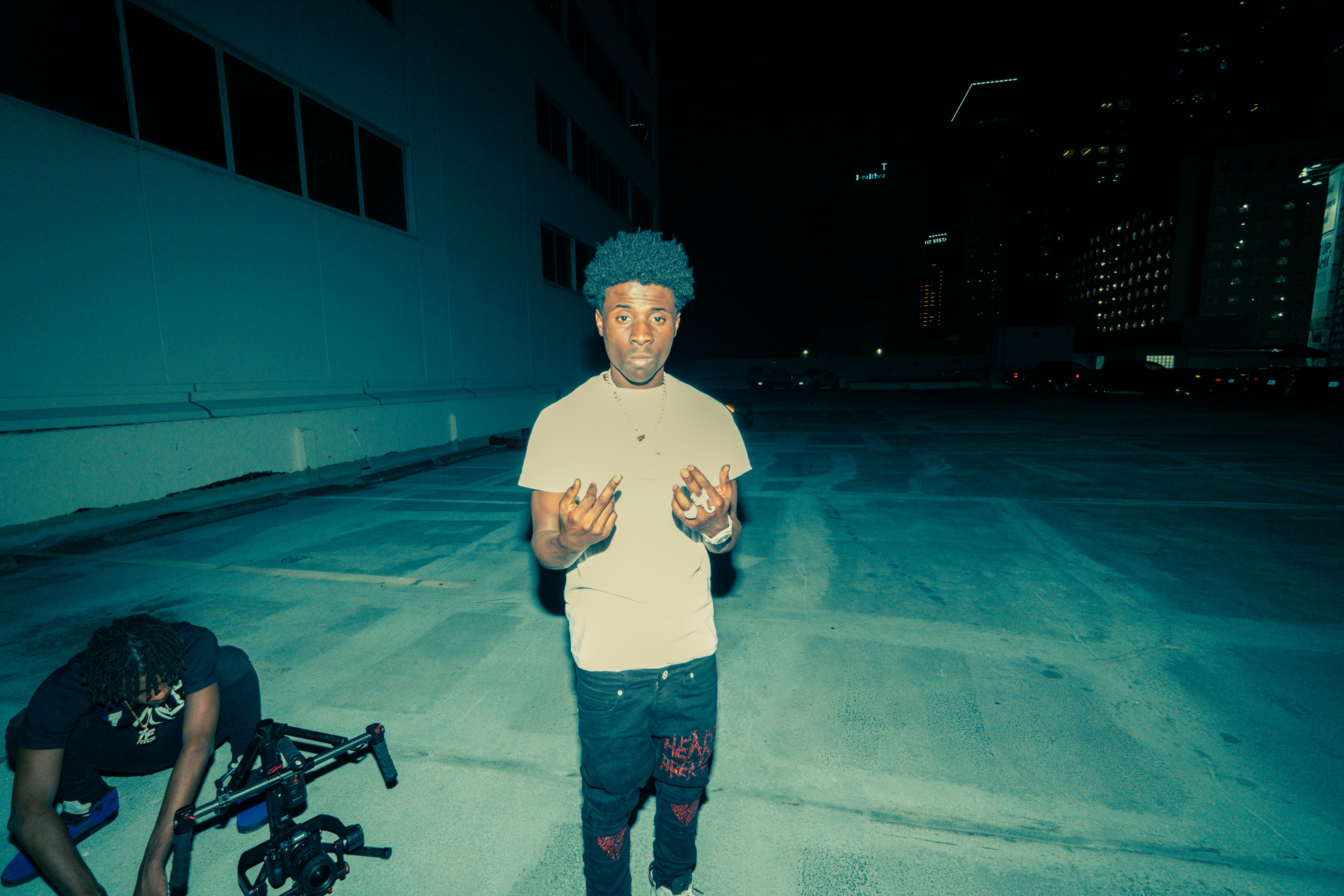
What Record Labels Consider Before Signing an Artist
Beyond raw talent, labels look for consistency, an identifiable story, and signals that an artist can grow into a lasting career.


After a frightening incident, the immediate responses centered on presence: friends, collaborators, and fans offering practical support and checking in. Recovery in that context looked like small actions, meals dropped at a home studio, messages coordinating rides to appointments, and creatives organizing benefit events to cover unexpected costs. Those gestures signaled the kind of social infrastructure that often goes unseen until it’s needed.
The process of getting better rarely follows a straight line. Some days the artist felt strong, others were more fragile; the surrounding community adjusted to honor that rhythm. Musicians close to the situation brought rehearsal spaces for low-pressure visits, while peers arranged short listening sessions where the artist could share work-in-progress in a gentle environment. Those gatherings allowed creativity to return slowly and on terms that respected wellbeing over output.
When the artist eventually stepped back onto a small stage, it was not a spectacle but an intentional, guarded comeback: a set for friends, family, and people who had supported the recovery. The moment became a shared milestone. The story that lingered afterward was not only about the incident itself but about communal resilience, how creative communities rally, adapt, and create safer pathways for artists to heal and keep making work.